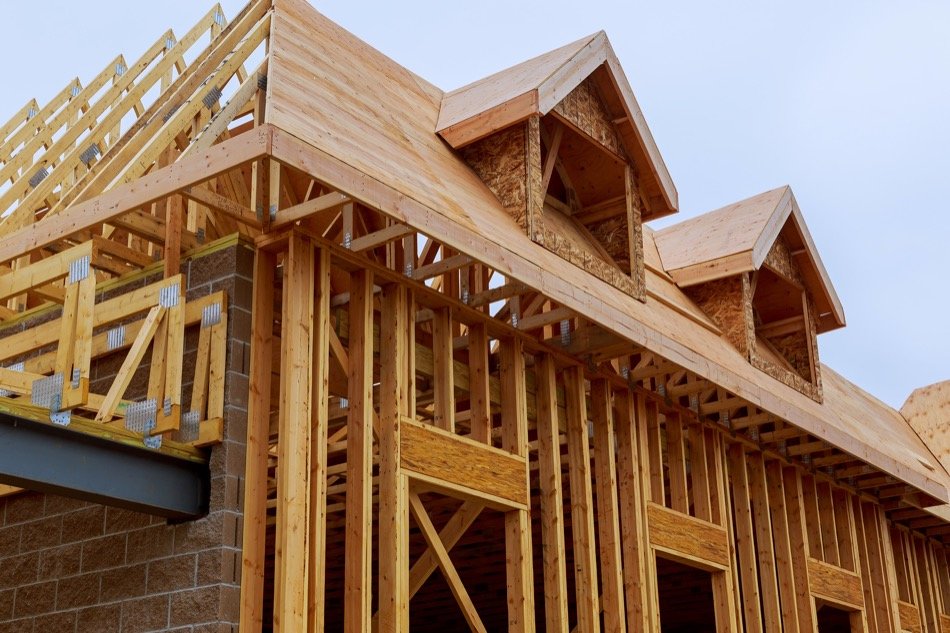Are You Thinking About Building a Home Addition?
Posted by Justin Havre on Tuesday, May 7th, 2019 at 10:06am.
 Instead of buying a new home, many current homeowners consider adding an addition onto the existing home. There are a few factors to consider before constructing a home addition. In order to legally construct a home addition that meets specific needs, there are a few areas worth looking into, as not doing so may create safety hazards and make it harder to sell a home. Explore how to construct an addition that will meet necessary requirements and homeowner preferences.
Instead of buying a new home, many current homeowners consider adding an addition onto the existing home. There are a few factors to consider before constructing a home addition. In order to legally construct a home addition that meets specific needs, there are a few areas worth looking into, as not doing so may create safety hazards and make it harder to sell a home. Explore how to construct an addition that will meet necessary requirements and homeowner preferences.
Start a Wish List
Begin composing a list of all that is wanted, keeping in mind the problems to be solved or goals to be achieved. Some desires homeowners may have include increasing space in an area or having better space and access for entertaining. Ranking improvements in accordance to priority will help when it comes time to design the space. A designated Calgary builder or contractor can then make plans for plumbing or electrical work.
Mapping out what will be accomplished helps with designing a space for improved functionality of the area. Creating a list of priorities will also benefit those with smaller budgets, as not every item on the list may be implemented when it comes time to execute the home addition plan.
Know the Rules
There may be ordinances that govern specific aspects of home construction. Special building permits may be required, based on the design of the addition and how it may change the original structure of a home. Such measures ensure that work is done correctly and meets current codes. Permits may be needed for changes to plumbing and electrical work, or new entryways. Restrictions may also apply when it comes to historic-district preservation ordinances, design covenants and building area ratios.
It pays to plan ahead as homeowners may be fined or have to take down an addition when it does not meet such rules and guidelines. Those who build an addition without reviewing legal restrictions or getting necessary permits may also inadvertently create electrical fire hazards or increase safety risks to occupants. It is better to review such matters prior to construction, rather than have to make changes to a building addition after all the work has been performed.
Integrate It with the Home
A new home addition should complement the rest of the home's design. This may mean the repetition of certain architectural features to ensure consistency. Windows, trim and lighting of the addition should be similar to that found on the rest of the home. It may also be aesthetically pleasing to copy the style and pitch of the original roof line when adding to the structure. The choice of materials and the surrounding landscaping can also help ensure harmony of the new structure with the rest of the home.
Pay for a Home Addition
Canyon Meadows homeowners may find that the costs of the project exceed the cash that they have available. Using cash and liquid assets can deplete reserves and homeowners may want to look into:
- Using sweat equity, in the form of friends and family who may be able to help with completing some smaller tasks involved with the project.
- Applying for a Home Improvement Program (HIP) which offers subsidized interest on a loan, giving a borrower free money.
- Getting a Home Equity Loan or Line of Credit (HELOC) for larger amounts for a home addition with low interest rates.
These are only a few of the financing options available for homeowners investigating different avenues for paying for a home addition. A home addition can be easy to afford for those with good credit and sufficient equity in their home.
